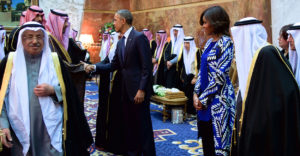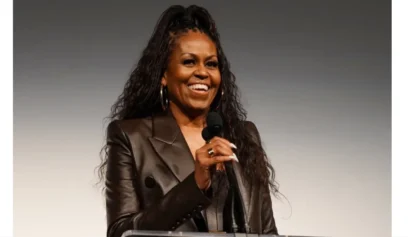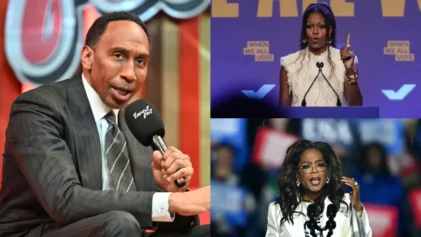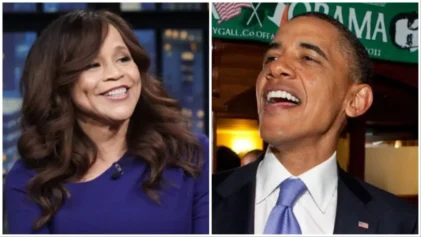A firestorm raged on after First Lady Michelle Obama dared to attend the funeral of Saudi King Abdullah earlier this week without a veil. It was a clear dismissal of traditional Saudi culture and a bold political statement by the first lady who wanted to empower the second-class status women who are native to the country. At least, that’s what many mainstream American media outlets would want you to think.
What was depicted as a bold and defiant move on the first lady’s behalf was actually just another example of a powerful American official following normal protocol.
Obama’s decision to skip out on wearing a veil was not ground-breaking by any stretch.
Former first ladies Laura Bush and Hillary Clinton decided not to wear veils as well as former Secretary of State Condoleezza Rice.
Unfortunately, painting the first lady’s move as unconventional and unique wasn’t the biggest sin American media outlets made when discussing the trip.
There was certainly a racist undertone that fed into the Western obsession with stereotyping culture in the Middle East.
Reports surfaced that Saudi media and the other funeral attendees were shocked by the first lady’s decision to attend the funeral unveiled.
While there are a few tweets and online postings from media outlets based in the Middle East about Obama’s lack of a veil, there certainly isn’t enough evidence to suggest there was widespread outrage over the matter.
“Saudi has millions of Twitter users,” Ahmed Al Omran of the Wall Street Journal pointed out. “When a few hundred of them talk about something, that’s not a backlash. It’s hardly a flicker.”
The assumption that the entire community would be furious over a woman being unveiled is an unfair claim born out of racist stereotypes that suggest Muslims are “all cavemen whose faces would melt on seeing an unveiled woman,” as Vox writer Max Fisher explained.
The Saudi community is more than used to seeing powerful women unveiled in their country, especially when they are members of elite government circles.
“Saudi royals are comfortable with the West and with Western customs; many spend long parts of the year in Europe and a number were educated in American boarding schools or colleges,” Fisher added. “They are accustomed to seeing unveiled women, and to working and interacting with powerful women.”

“The unfortunate truth is that this had little to do with her making a stand for a woman’s right to not wear a veil and/or the Saudi government’s institutionalized sexism but more to do with attempting to avoid further perpetuating the American Right’s obsession for stigmatizing Obama and family as Muslims, and, approaching an election year, to prevent the Democrat administration from appearing to submit to the way of life of the vilified Saudis/Wahhabis,” Nidal Diaz, an Ottawa-based analyst, wrote on his Facebook wall of a Middle East-based journalist who posted about the controversy. “Beyond that, I highly doubt that whatever vitriol she got on Saudi social media and blogosphere would have even compared to the backlash she would have gotten had she been pictured wearing a veil at Abdullah’s funeral.”
So the first lady was not standing up for women’s rights, nor was she giving a symbolic middle finger to the Saudi community.
Michelle Obama, like many other first ladies who came before her, was simply following protocol.


